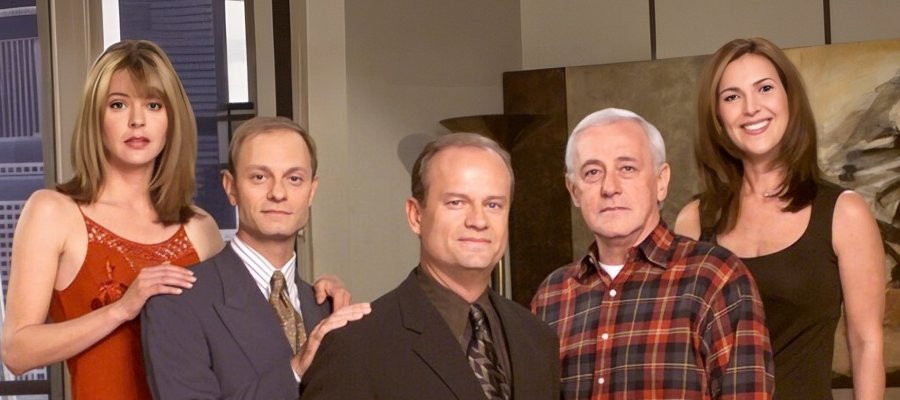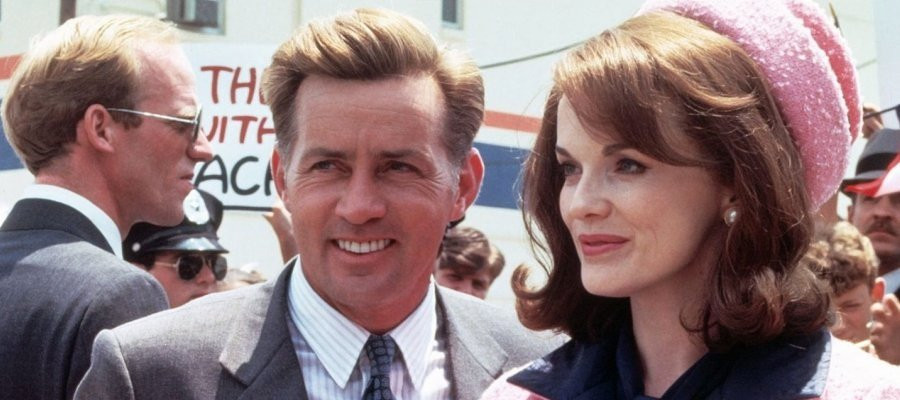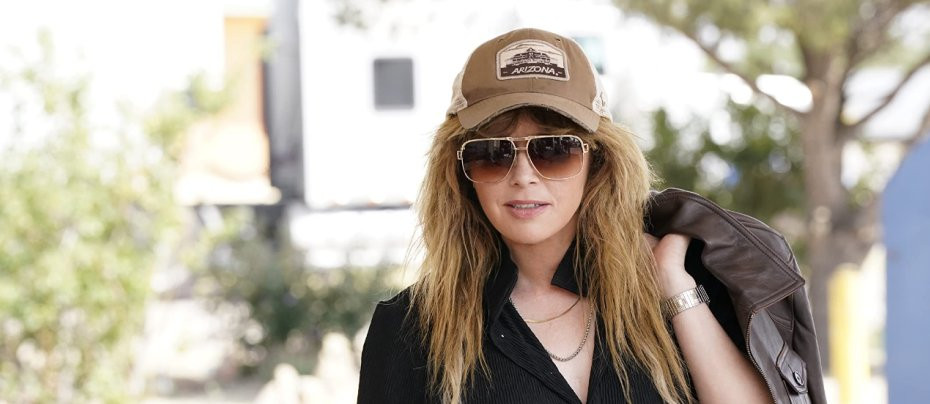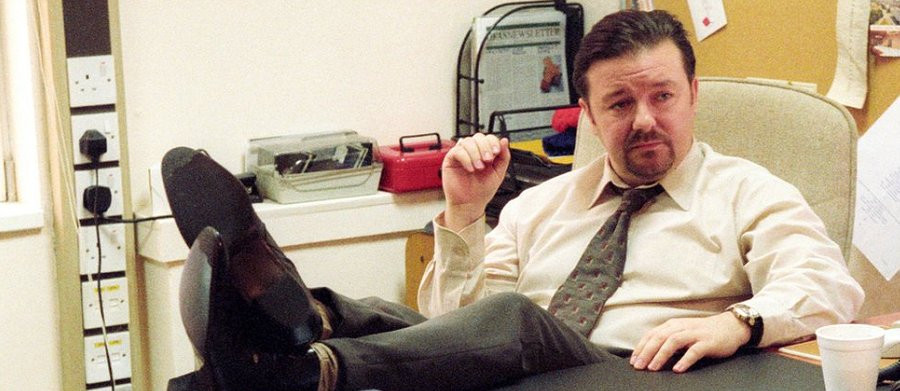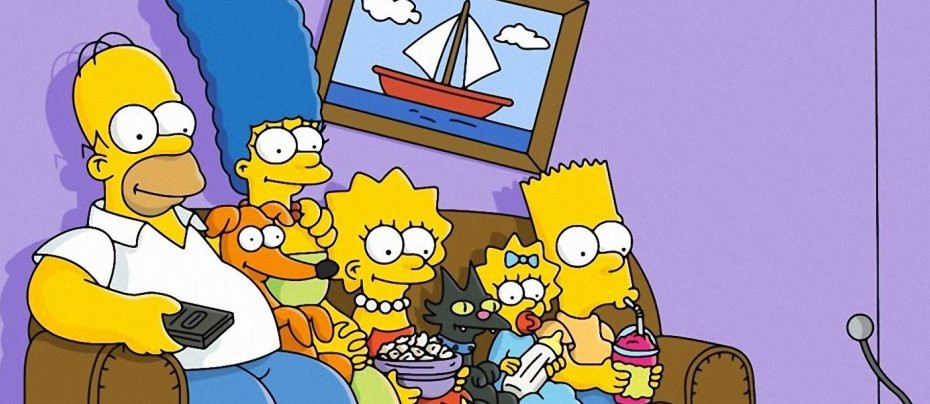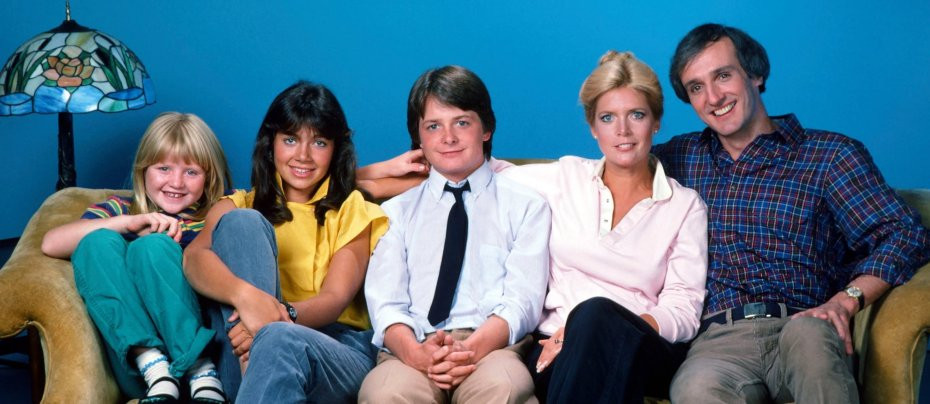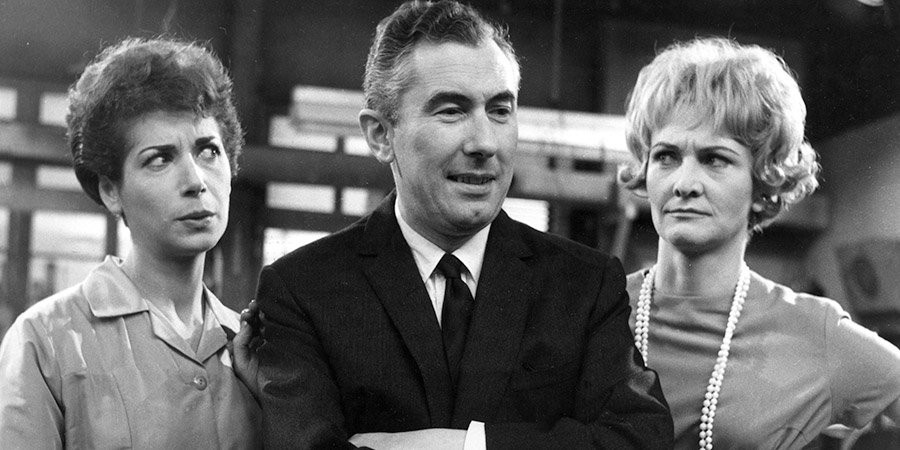
Cheers
1982 - United StatesOne of the most top rated shows in the history of US situation comedy and a massive hit on both sides of the Atlantic, Cheers is an excellent example of what faith in a concept and the people behind it can accomplish.
Virtually ignored in its first season, the reasons for its eventual success are simple: Unlike many comedies, Cheers never talked down to its audience; it assumed people were intelligent enough to understand the humour. And in a first for a US series, the romance of the show's leading characters became a major plotline, (would womanising Sam settle down with the uppity Diane?) leading to similar cliffhanger relationships on other series. And in another break with series tradition, it spawned a spin-off that was at least the equal of its parent show in quality.
In the pilot, Diane is jilted by her fiance and stranded in Boston; she takes a job at Cheers as a waitress. The supporting cast consisted of razor-sharp tongued and promiscuous Carla, a waitress with an attitude; the dense but lovable barman Ernie 'Coach' Pantusso; accountant and frequent customer Norm Petersen, who always entered to the chorus of 'NORM!' from the bar's other patrons; and know-it-all mailman and "mama's boy" Cliff Clavin.
Despite critical raves, the show's pilot episode was the lowest-rated programme for that week. Normally, a performance like that would have meant instant cancellation. But Cheers was lucky to find a home at NBC, which was in third place behind CBS and ABC at the time and lacking hit shows. Plus, NBC Chairman Grant Tinker and head of entertainment Brandon Tartikoff not only believed in the show, they were more willing to allow high quality but low-rated programmes (such as Hill Street Blues and St. Elsewhere) time to build an audience. And that patience was sorely tried: Cheers continued to rank at or near the bottom of the ratings through the fall and winter. Despite complaints from NBC affiliates, the network ordered a full season's worth of episodes. Slowly, viewers began finding Cheers; the ratings began to perk up in the spring, and the show even landed in the top-20 during the summer rerun period.
Helping to build interest was the relationship between Sam and Diane; each could not stand the other at first, but there was an unspoken attraction. By the end of the first season, Sam and Diane finally locked lips; the second-season premiere had the two consummating their relationship--but it continued to be a love-hate affair, as their different backgrounds and personalities caused Sam and Diane to clash more than once. In Season Three, Diane left Sam to run off with the equally neurotic and pompous psychiatrist Dr. Frasier Crane. The two went to Europe to get married, but Diane jilted Frasier at the altar and returned to Boston and Cheers. (Frasier also returned to Boston; he was supposed to have been written off after the short-lived affair but the producers felt Grammer was a gifted comic. Grammer wrote in his autobiography "So Far, So Good" that Shelley Long tried to have him removed from the show, with no success). Eventually, Frasier became a regular at the bar, marrying the "ice queen" and equally pompous Dr. Lilith Sternin. The two had a son, Frederick, before divorcing.
It was no secret that behind the scenes Shelley Long was considered difficult to work with. But her comic gifts were beyond reproach. So it was a shock to everyone when Long decided not to renew her contract when it expired in 1987. Rebecca Howe becomes the new manager of Cheers after Sam sells the bar to a major corporation and embarks on an around-the-world cruise. When the new season began in the fall of 1987, Sam returns to the bar for a job, and finds the no-nonsense but romance-challenged Rebecca running the show. The Sam-Rebecca relationship added new spark to the show, as Kirsty Alley proved to be a top-notch comic actress. Viewers noticed too; by 1990, Cheers became America's top-rated television series for the first time ever.
The final 90-minute episode (which aired in the US on 20 May 20 1993) was watched by more than 40 million viewers in America alone. Cheers spawned two direct spin-offs. The first was The Tortellis, which aired between January and May 1987, but the second spin-off would prove much better. Frasier began in the fall of 1993; just months after Cheers ended its run. By moving Kelsey Grammer's Frasier Crane from Boston to his hometown of Seattle as a call-in radio psychiatrist, Frasier proved to be a winner and just about every original member of the Cheers cast--except for Kirstie Alley--made a guest appearance on Frasier.
Cheers was a rare show indeed--not only very funny, but literate and a great place to spend time with some good friends-even if they didn't know our names.
Seen this show? How do you rate it?
Seen this show? How do you rate it?
Published on December 3rd, 2018. Written by Mike Spadoni & Laurence Marcus (2002) for Television Heaven.



